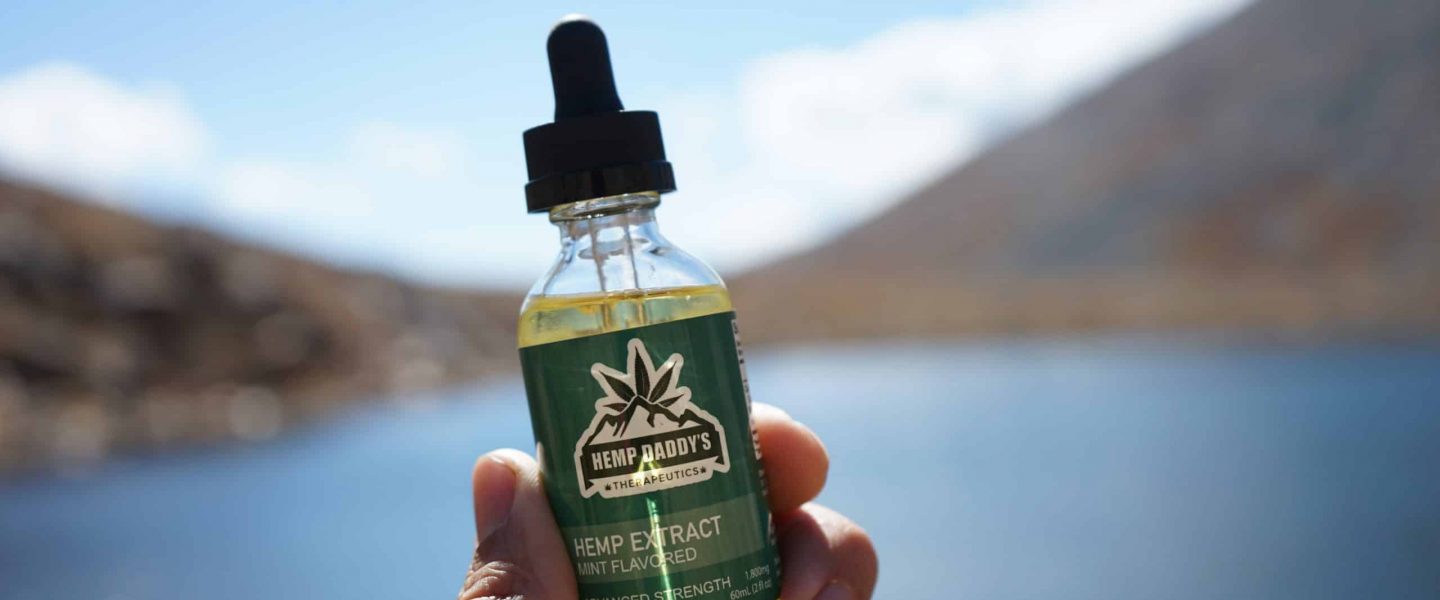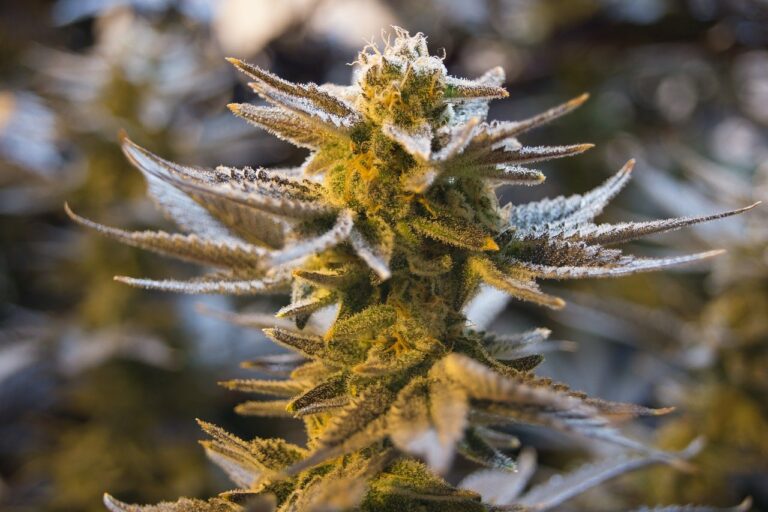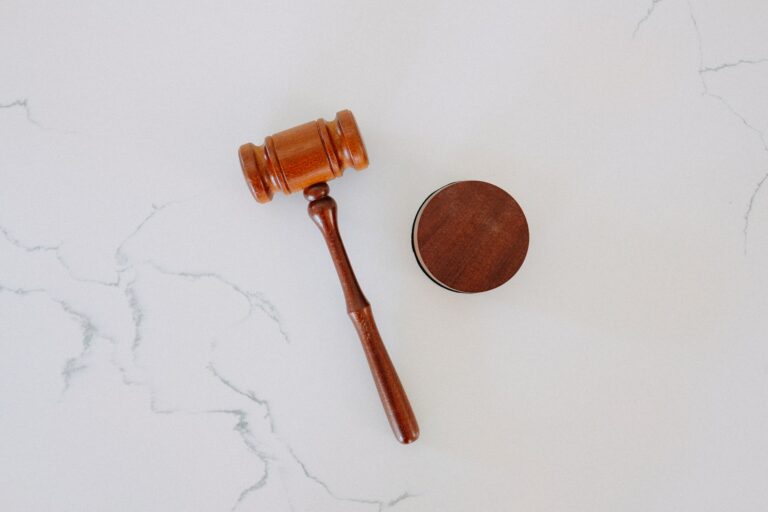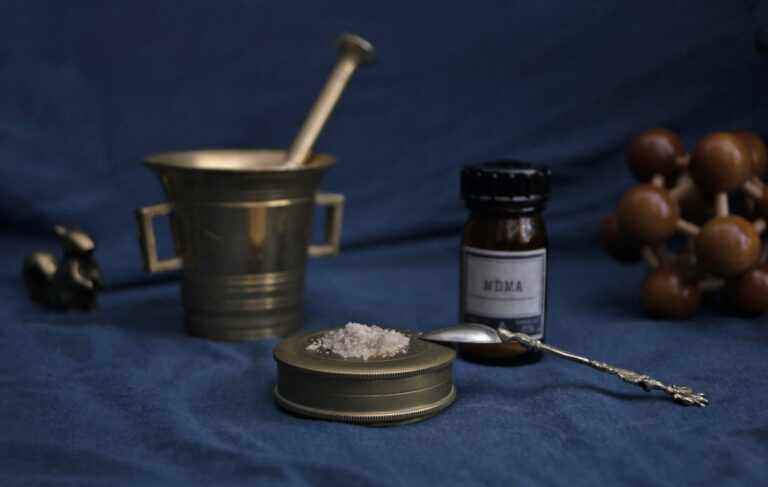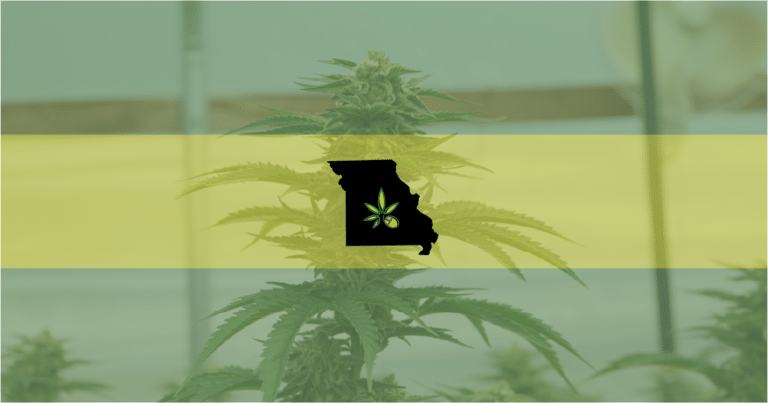Cannabidiol, or CBD, is also growing in popularity, touted for its health benefits. Although CBD may be thought of as a synonym to or derivative of marijuana, it is not the same thing. With mounting clinical evidence that CBD offers various health benefits, this compound is hitting the mainstream.
What Is CBD?
CBD is one of two main compounds present in the cannabis or hemp plant. The other main compound in marijuana is tetrahydrocannabinol, or THC. Unlike THC, which produces the typical “high,” CBD is not truly psychoactive. Of the 66 cannabinoids present in marijuana, CBD is likely the most abundant. CBD has become popular due to its anti-anxiety effects, which actually counteract the psychoactive effects that are common with THC. Because CBD is not psychoactive, it doesn’t show evidence of leading to dependence or abuse. CBD is readily available throughout the United States, but varying degrees of restriction are in place since it is still classified similarly to marijuana.
- Cannabidiol: What We Know and What We Don’t
- CBD Oil for Pain Management: Effects, Benefits, and Uses
- Cannabidiol: Uses, Side Effects, Interactions, Dosage, and Warnings
- What’s the Difference Between THC and CBD?
- CBD: Safe and Effective?
- Hemp CBD Myths and Facts
CBD Benefits
CBD offers a variety of health benefits. At a moderate dose, CBD often has an energizing effect. Taken in a high dose, CBD can be used to promote rest and sleep because it reduces anxiety and helps establish an effective sleep pattern. Currently, the U.S. Food and Drug Administration has approved a CBD product for the treatment of epilepsy. CBD is currently being reviewed as a potential treatment for multiple sclerosis, schizophrenia, diabetes, and Parkinson’s disease. Those with mental health issues are also exploring CBD for its treatment benefits. CBD has been found to be effective for easing symptoms associated with anxiety, social anxiety disorder, depression, post-traumatic stress disorder, bipolar disorder, and insomnia. Scientists surmise that CBD changes the way the brain responds to serotonin, which can help reduce stress. In addition, CBD is being used to treat chronic pain because it affects receptors that interrupt pain signals. Cancer patients undergoing chemotherapy might try CBD because it can help with nausea and vomiting and it also has been shown to increase appetite. It also has anti-inflammatory properties, so people with arthritis and neuropathic pain have been receiving beneficial pain control with CBD.
- CBD Oil Benefits: Cancer, Pain, Anxiety, and More
- What Are the Health Benefits of CBD Oil?
- How Does CBD Effectively Treat Anxiety?
- What Are the Benefits of CBD?
Different Ways to Use CBD
CBD is available in many different forms. Consumers can find CBD in pill form; as pills, CBD usually takes about 30 minutes to take effect. It’s also available as CBD oil, in vaping devices for inhalation, and as balms that are applied to the skin. Edibles containing CBD are also gaining traction with many consumers. Look for treats such as gummy bears that deliver a dose of the compound. CBD is also found in alcoholic beverages, coffee, and honey.
When exploring different products and forms of CBD, consumers need to note ingredients and dosages to find the product that is best suited for their symptoms. For example, those dealing with anxiety, insomnia, or physical pain would need to choose a product that delivers the CBD quickly. Using a vape pen or a tincture would be two of the quicker ways to deliver the compound; ingesting CBD is a slower method that takes longer to deliver the effect. Topical balms and oils are useful for muscle or joint pain because this can deliver pain relief and anti-inflammatory compounds directly to the source of the pain. Topical rubs are also helpful for those who prefer not to absorb or ingest CBD into the entire body. Infused drinks can be enjoyable, and CBD-infused candies and gummies tend to remain shelf-stable for an extended time when stored in a cool and dry place. Baked goods with CBD should be refrigerated to keep CBD oil fresh and effective.
- How to Take Your CBD
- How to Use Topical Medical Marijuana
- How to Use CBD: Vape, Spray, Apply, or Eat
- What We Know and Don’t Know About CBD


